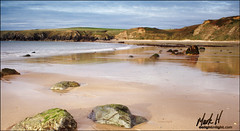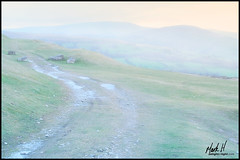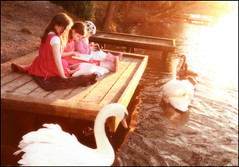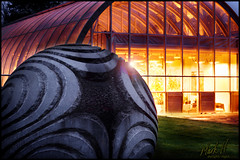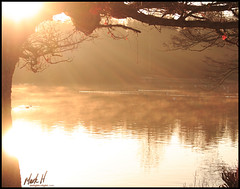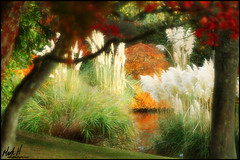In lesson 2 we introduced the idea of "composition" (how things are arranged in the photo). Since then we have had a number of lessons that are all really to do with that same topic. We have looked at moving closer to the subject (arranging your subject so that it is bigger in the photo than it would have been); we have looked at simplifying (changing the arrangement of the photo by removing distractions); we have looked at arranging the photo so that it includes a natural frame, and we have looked at arranging lines or objects so that they seem to draw you into the picture.
Now, this may sound obvious, but, as we have already seen, in many (maybe most) cases, the key to changing your composition is to change the position of your camera. So - in this lesson I want to you to think about just that: changing your camera's position.
There are basically four changes of position that you can consider. Of course not all of them will be possible in all cases, but try to remember to at least consider each of them. They are:
- Elevation - You can move your camera higher or lower - you could choose a very low, slightly low, medium, slightly high, or very high viewpoint. You could even (in some cases) position your camera directly above or directly below the subject.
- Distance - You can more closer or further from the subject - we previously talked about moving closer, but sometimes moving further away actually works better.
- Direction - You can move around to one of the sides or to the back of the subject rather than simply photographing it from the front.
- Camera Rotation - Instead of holding your camera horizontally (level with the floor - in what is normally called "landscape" orientation), you could hold it vertically (on its side in "portrait" orientation). You could even try holding it an an angle.
All these options are illustrated in this diagram:

So your homework today is simply to concentrate on trying different viewpoints. Find a few subjects and take a series of photos of it from multiple different viewpoints. Remember to think about all four of the different movements. And also remember to combine them in different ways - close up, low down and with you camera in portrait orientation; far away, high up, from the side; and so on. Then think about which ones worked best. Oh - and don't forget to have fun!

